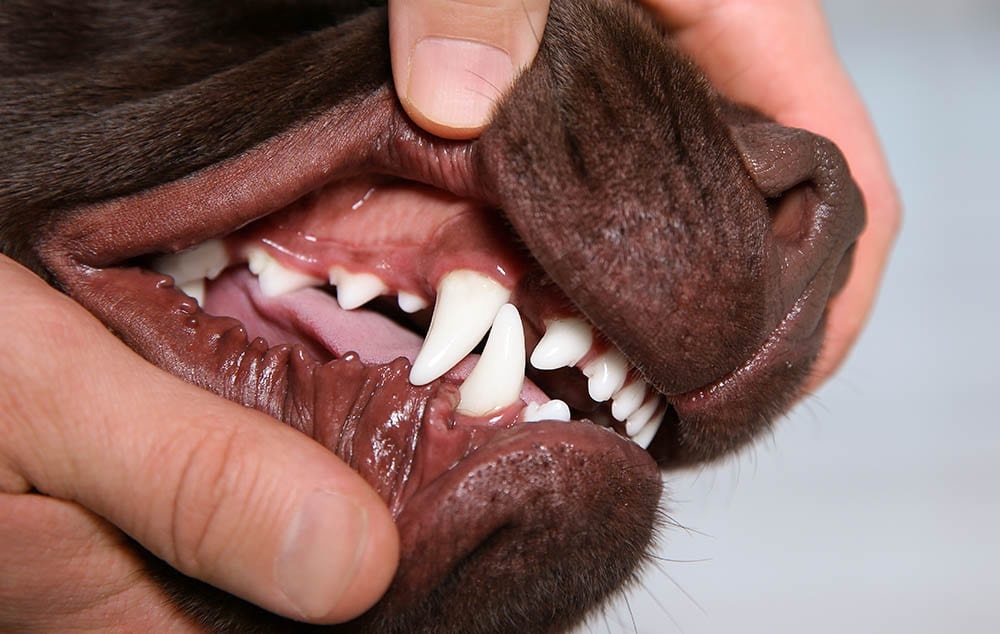Learn : Health & Wellness
How to Clean Your Dog's Teeth
Just because your dog can’t brush their teeth, doesn’t mean their pearly whites don’t need care and attention. Hardened tartar and plaque buildup may be difficult to spot with the naked eye, but can lead to serious issues down the road — receding gums, bone destruction and, in extreme cases, loss of teeth.
Ideally, you should be brushing your dog’s teeth on a regular basis, but sometimes that can be hard to manage — especially since your dog is likely to resist the process. It sounds like wishful thinking, but with regular attention and a gentle touch, your dog may even grow to enjoy the sensation.
Tips for brushing your dog’s teeth
Brushing dog teeth is fairly similar to brushing your own. The concept is the same: removing the plaque, leftover food and gingivitis-causing debris floating around their gums and gaps between their chompers. The application is the same: dog-friendly brushes and pastes are easy to find anywhere online or at your local pet store.
What’s different? When you brush and how you brush.
Do
- Find a time when your dog is at their best. Maybe it’s after a walk or right after a meal. Whenever your dog is at their calmest, most patient and most tolerant.
- Test a dab of toothpaste before you start brushing. Your dog may be more receptive to certain flavors than others, which could make life a lot easier on both of you.
- Brush gently, slowly and focus on the areas where the teeth meet the gums. Repeat small circular motions as you gradually work your way from the molars to the incisors.
Do Not
- Use a human toothbrush or toothpaste. Human brushes may be too coarse for your dog’s sensitive mouth. Human toothpaste could be filled with potentially toxic or inflammatory ingredients.
- Rush things. Your dog may need some time to adjust to the feeling of having their teeth brushed, so getting their whole mouth on the first sitting could be too much to ask. Try 15-30 second intervals with plenty of time for your dog to relax and catch their breath in between.
The benefits of dental chews
Dental chews can help fill in the gaps when you’re not able to brush your dog’s teeth as often as you’d like. The key is to make sure you give your dog dental chews that are safe, digestible and ideally approved by the VOHC (the Veterinary Oral Health Council).
Like humans, dogs can develop periodontal disease with excessive buildup of tartar and plaque, which can cause all kinds of symptoms including bad breath, swollen gums and discomfort.
Chewing helps reduce tartar and plaque on your dog’s teeth. Dental chews are specifically designed to remove more plaque and tartar more than other crunchy treats, which can help your dog’s teeth stay healthier over time.
When to see your vet for a cleaning
Regardless of how shiny your dog’s teeth are looking, most vets recommend at least one yearly teeth cleaning. Much like your dentist, your vet may have access to special equipment and treatments that can help restore or maintain your dog’s oral care better than you could on your own.
Preventive treatment, however, like regular brushing, dental chews and a fresh food diet that’s easier on their gums are the keys to making sure your dog is already in great oral health when the time for a checkup arrives.



 Pain Relief for Dogs
Pain Relief for Dogs
 Pet Care & Grooming — Sitting Pretty
Pet Care & Grooming — Sitting Pretty
 Shrinking Canine Lipomas
Shrinking Canine Lipomas